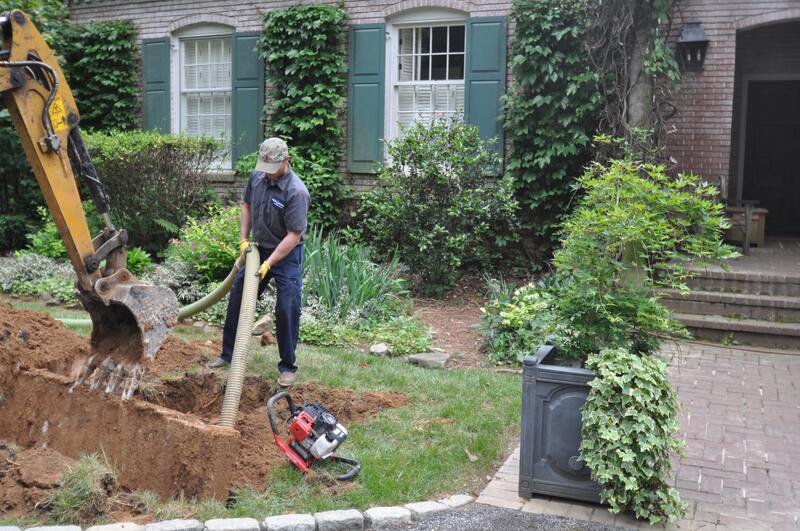
Dec 06, 2023
A drain field, also known as a leach field or absorption field, is an important component of a septic system. Its primary function is to disperse and treat the clarified liquid effluent that flows from the septic tank. The drain field plays a key role in the final stage of wastewater treatment, ensuring that the treated water is safely and efficiently returned to the surrounding soil.
Drain field installation and septic tank installation are jobs that should be left to a professional septic company. In this blog post, Septic Blue of Charlotte explores the key aspects of drain field installation to help you understand what the process entails.
Septic Blue of Charlotte is an insured and bonded local septic service company offering professional septic services. Whether you’re in need of septic tank installation or septic tank repair, the septic experts at Septic Blue of Charlotte have what it takes to do a great job. Read on to learn more about the drain field installation process and the importance of proper installation.
A qualified septic company evaluates the property to determine the suitability for a drain field. Factors like soil type, drainage characteristics, and distance from water bodies are considered. The septic technicians will also perform a percolation test. This test assesses the soil's ability to absorb wastewater. The results determine the drain field size and layout.
Once the site and soil are evaluated, the necessary permits for drain field installation are obtained from local authorities. Upon permit approval, an inspector checks the site to ensure compliance with regulations and approves the installation process.
Perforated pipes are laid within the gravel-filled trench. These pipes collect and distribute wastewater evenly throughout the drain field. After that, a distribution box or manifold is installed to connect the septic tank to the drain field pipes, ensuring proper distribution of wastewater.
The trench is filled with gravel to ensure the pipes are properly supported and the drain field is level. The septic experts will replace the topsoil over the gravel to restore the original ground level and landscaping.
After the drain field has been properly installed, access points are installed above the drain field to allow for future inspection, maintenance, and repairs. In addition, a regular maintenance schedule is established to ensure the drain field functions effectively and extends its lifespan.
A well-designed and maintained drain field disperses wastewater effectively, ensuring that it infiltrates into the soil and is treated naturally. This process prevents the buildup of harmful bacteria and pollutants that can leach into groundwater and contaminate drinking water supplies. Besides, a properly functioning drain field minimizes the risk of wastewater runoff, which can pollute local streams and rivers.
A well-designed and installed drain field will last for many years, saving you money on repairs and replacements. Improper installation or maintenance can lead to premature failure of the drain field, requiring costly drain field and septic tank repairs or even the complete replacement of the system.
A properly functioning septic system, including a well-maintained drain field, is a valuable asset that can increase the resale value of your home. Buyers are often hesitant to purchase a home with a known issue with the septic system, as this can lead to significant repair costs.
Septic Blue of Charlotte is here to help you with all your septic system needs, including drain field installation, septic tank pumping, and septic inspections.